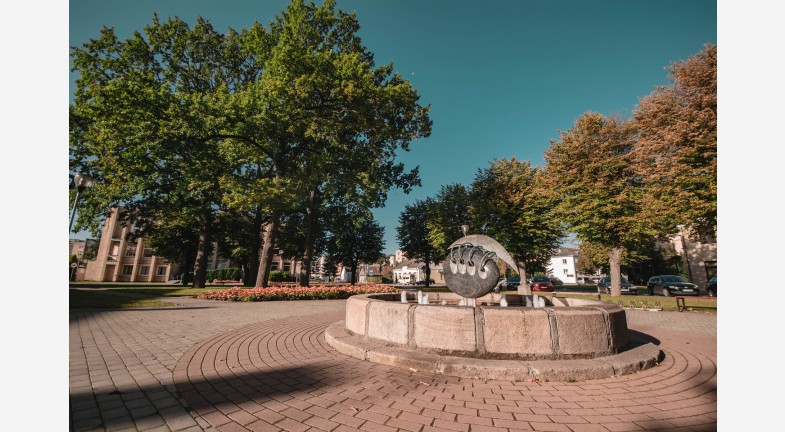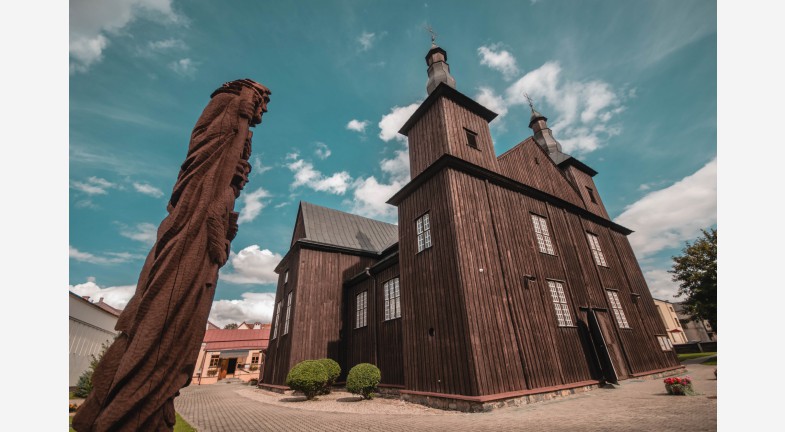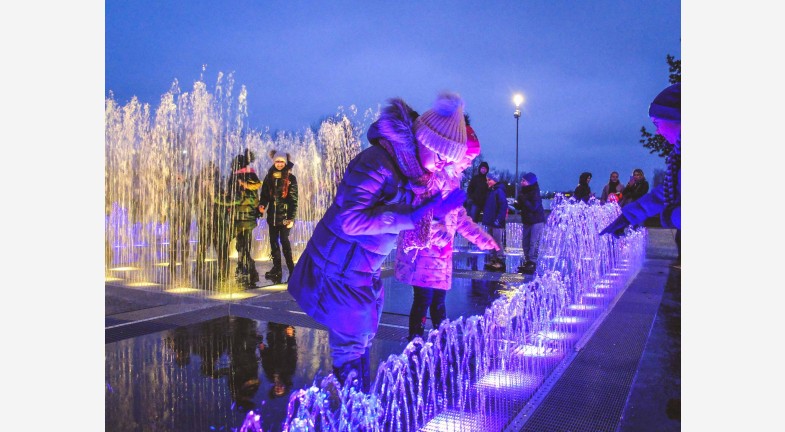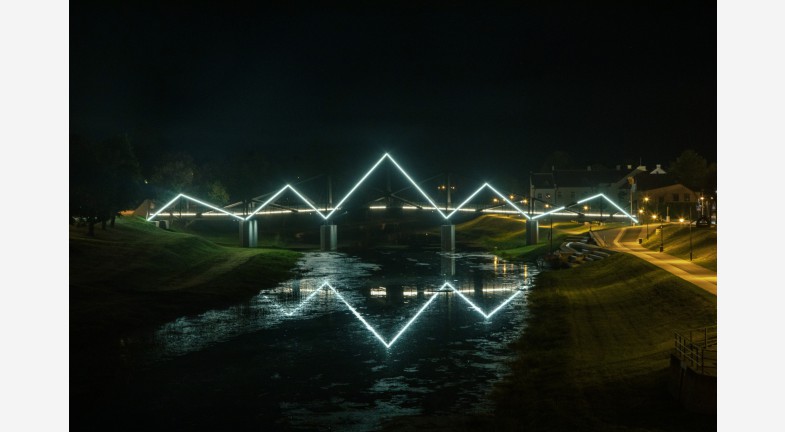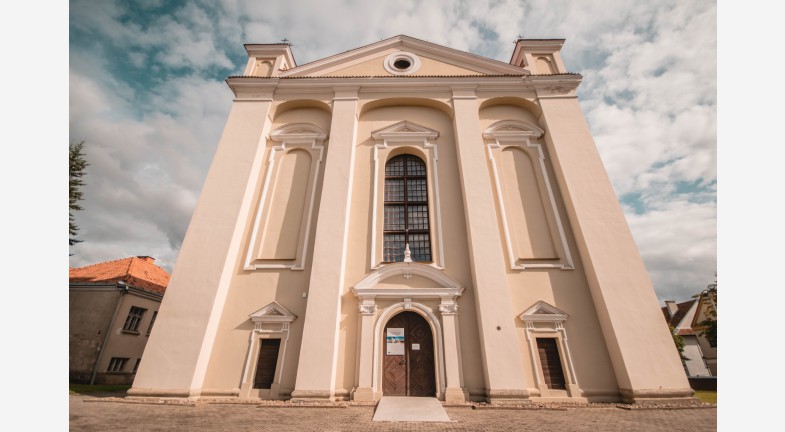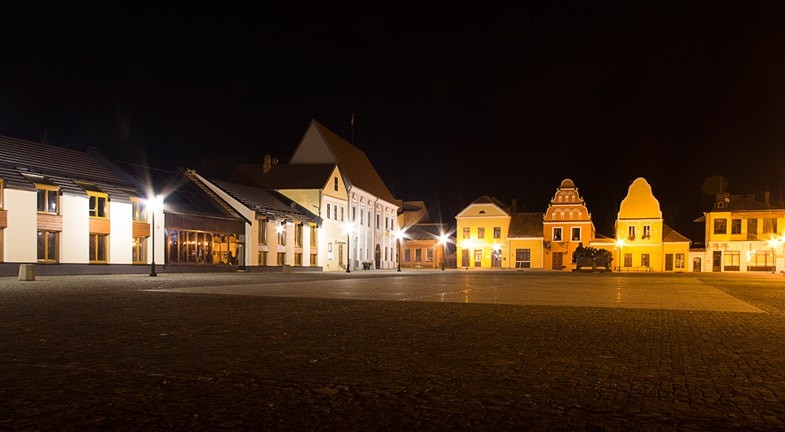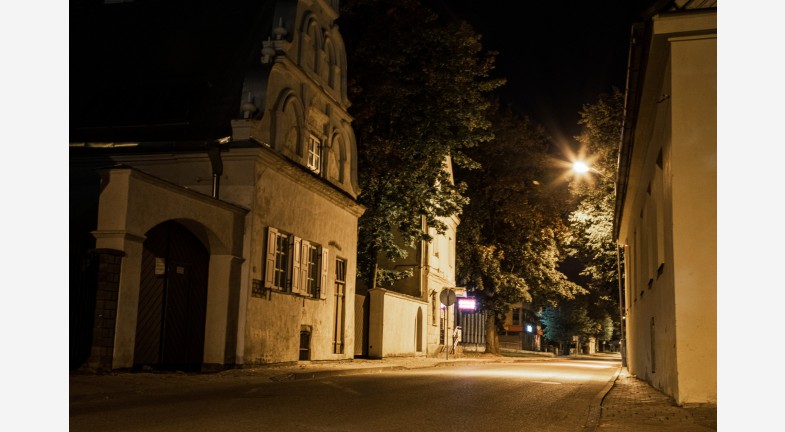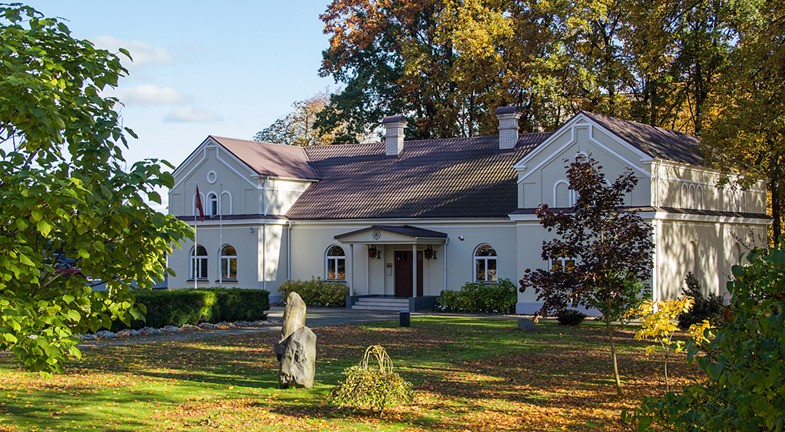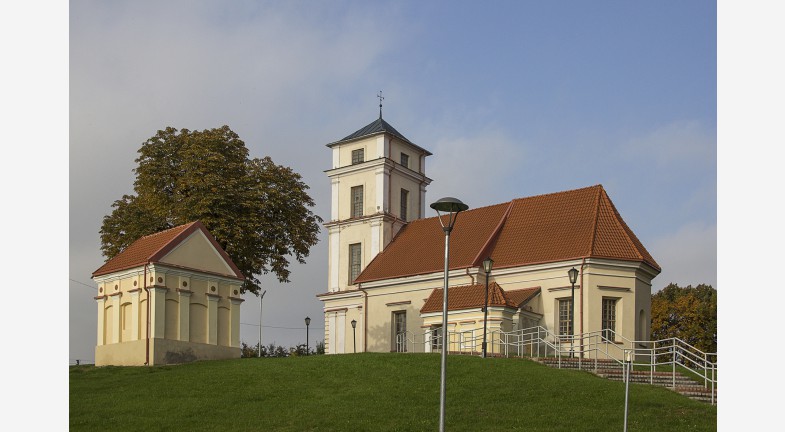Evangelical Lutheran Church

282

0

0
0 out of 5
(0 reviews)
The Lutheran Church of Kėdainiai was built in 1679, with its bell tower completed by the parishioners in 1714. In the late 19th century, classical-style chapels and wayside shrines were erected in the churchyard. Notably, the graves of the Totleben family and Dr. Merkurijus Liaunė were adorned with elaborate mausoleums, while simpler shrines marked the graves of priests and parishioners.
Info
-

Religious Heritage
-
Kėdainiai
-
The Lutheran Church of Kėdainiai was built in 1679, with its bell tower completed by the parishioners in 1714. In the late 19th century, classical-style chapels and wayside shrines were erected in the churchyard. Notably, the graves of the Totleben family and Dr. Merkurijus Liaunė were adorned with elaborate mausoleums, while simpler shrines marked the graves of priests and parishioners.
This single-nave church stands out for its preserved authentic 17th-century wall paintings. The church's frescoes depict the apostles Peter and Paul, along with the four evangelists – John, Luke, Matthew, and Mark. Next to the church, there was once a cemetery where the residents of 17th-century Kėdainiai were buried, but this cemetery was destroyed during the Soviet era. An interesting historical fact is that in 1701, King Charles
XII of Sweden visited and attended mass here.
The church’s history includes memorial plaques dedicated to significant figures such as Adam Freytag, a military engineer and doctor of philosophy and medicine, who was the personal physician of Jonušas Radvila. Other notable local figures, including pharmacist Jonas Fišeris and city physician Friedrich Kaneinis, are also commemorated.
During both World Wars, German soldiers were buried in the church’s grounds. Before World War II, the local German community gathered here, but many returned to Germany when the war began.
After the war, the church was nationalized and converted into a warehouse. It was only in 1993 that the church was returned to the Lutheran community, and services resumed, reopening its doors to the city’s residents and visitors.
Found a mistake?
Report
Whats new?
Nearby attractions
Nearest museums

 Entertainment
Entertainment
 Food establishments
Food establishments





























 55.285825, 23.970814
55.285825, 23.970814
 Get directions
Get directions








